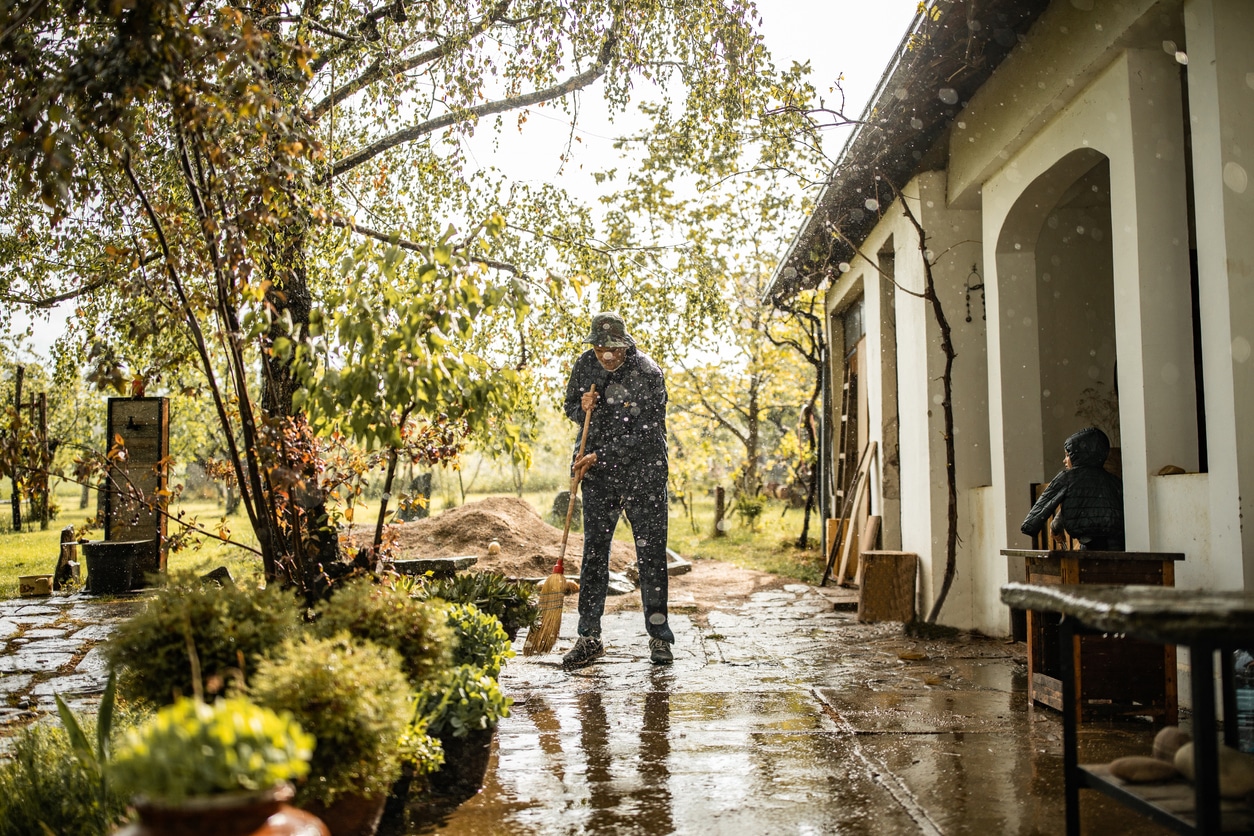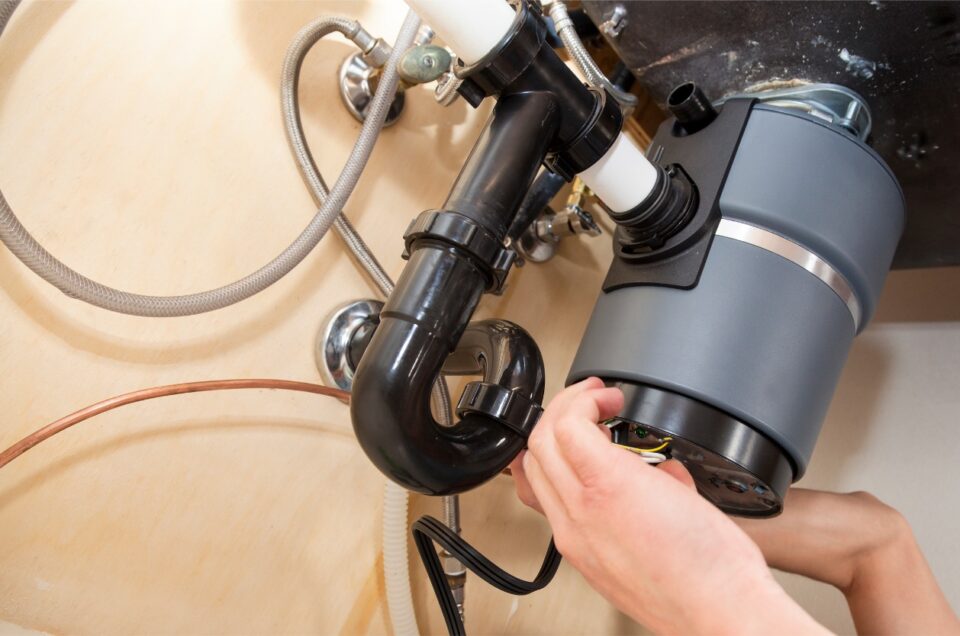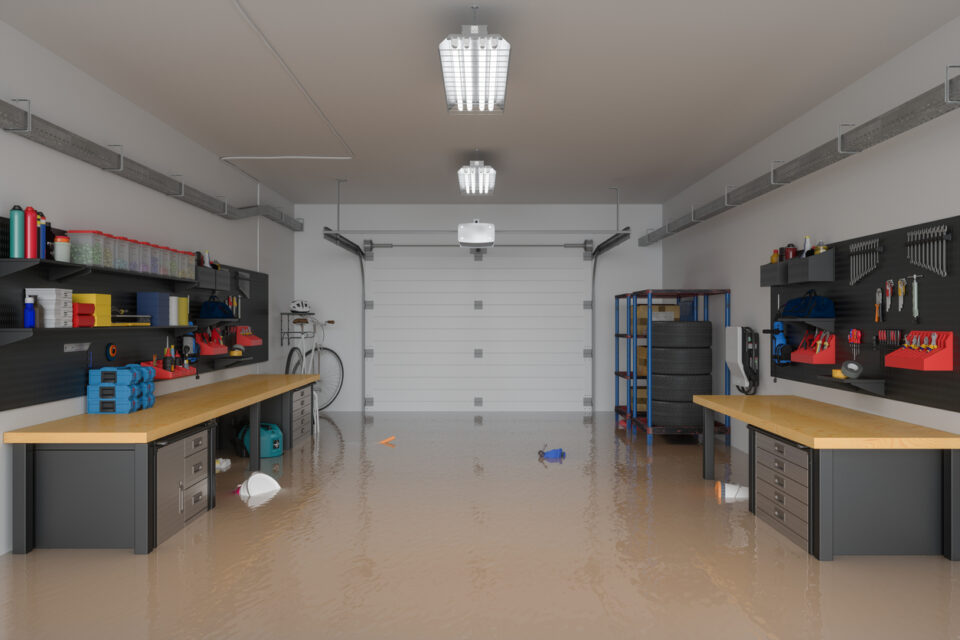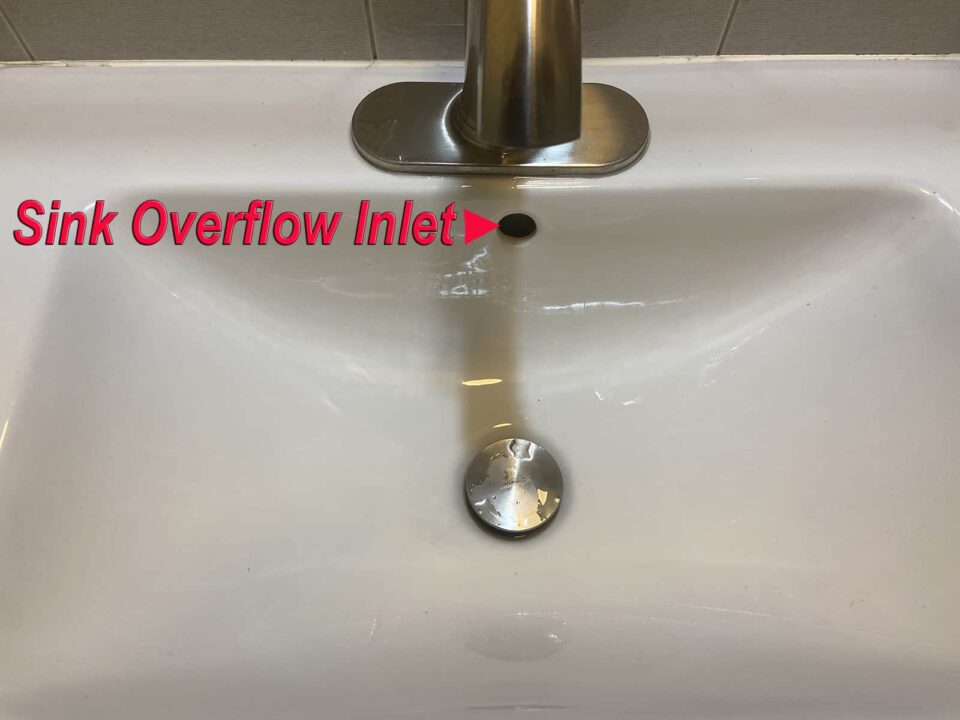A lot of people don’t think about yard drainage, but it’s important. A poorly drained yard can attract mosquitoes, damage your plants, and cause injuries. A clogged outside area drain or yard drain by an entrance can even cause flooding inside your home. Your clogged outside drains can also cause flooding water to flow onto a neighbor’s property, which does not make for friendly relations. Therefore it’s a good idea to learn how to prevent a flooded yard and cure a flooded yard issue if you already have one.
Yard Drains get overlooked and Clog Up Frequently
Yard drains are easily clogged by debris, and are not inspected often enough. In fact, many property owners don’t even know where the grates for their yard drains are. Some properties don’t have proper yard drainage at all, but many have yard drainage which is routinely neglected. It’s always best to unclog yard drains before flooding and damage occurs.
So, how do you unclog a yard drain and prevent a flooded yard?
Clean Your Yard Drain Sump & Grating Cover
The first thing to do is clean out your yard’s drain sump and drain grating. In some setups, your gutters will drain into the same system; in this case, it’s a good idea to clean your gutters or get them cleaned first. Your gutters and drains work together and you need to make sure both are healthy. Those are great steps to prevent a flooded yard.
You should know the location of your yard drain or drains. Some systems have more than one drain grate. Your drains are generally in low-lying areas, but you may also have a drain near your gutter downspouts. They can also typically be located in the center of your patio, or your pool deck. Start by sweeping away any leaves or other debris that might be covering the drain.
If you aren’t sure where your drains are, sweep any low-lying areas where you might find one. (Note that if you have an area where water collects that does not have a drain, it might be worth looking into installing one). In some cases, you can place a raised screen over the grating. This will prevent leaves and debris from covering the grating. This one simple addition to your outside drain system can prevent flooding.
The initial steps to maintain or unclog your yard drains
Then remove the grates. Depending on their design, you may need to use a screwdriver to pry them up. In some cases, they may need to be unscrewed to lift the grating.
Wash off the drain grate and then clean out as much debris as you can by hand. The next step is to clean out the sump under the grating. Some people find a hand cultivator or a shop vac useful here.
Then, find where the drain empties. This is often near the curb but could be anywhere where a slope will channel water away. For example, if there’s a stream at the back of your yard, the drain may empty there. Some systems may terminate at a dry well.
Clean out the termination point the same way you cleaned the drain. If you drain empties at the curb, it can frequently get covered over, or even damaged. If there’s a dry well, remove the top and remove debris and excess soil from the basin.
Once you have done this, hook up your garden hose and insert it as far as possible into each pipe from the catch basin, then turn on the water. If you have more than one hose, this can help. Do this until the drain appears to be running clear.
If this doesn’t work, then you have a more stubborn clog that is going to need a bit more work to fix.
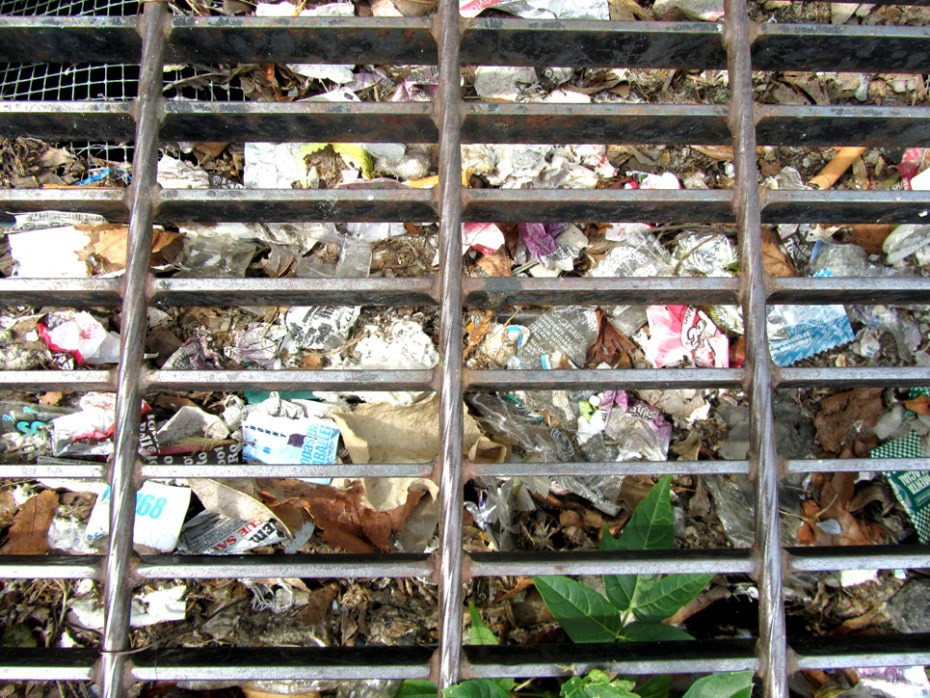
Try a Sewer Snake
If you have a plumber’s snake, you can try using it to unclog your yard drain. Sewer snaking will seldom permanently unclog a yard drain, but it can fix the problem temporarily. Because yard drain pipes are shallow, clogs can sometimes produce puddles on the soil surface that help you locate the clog.
If this doesn’t work, then you may have to bring in the big guns. A motorized drain auger is very effective on tough clogs and can also deal with tree roots that may have grown into the drain. You can rent one or, if you aren’t comfortable, hire a plumber to do it. Run the auger from both ends of the drain. A drain bladder can also help.
At this point, if nothing works, you are probably looking at calling a professional. However, you might want to call one earlier, especially if the clog appears to be severe or is causing flooding that’s affecting your foundation or a neighbor’s property. A professional drain cleaner will be able to use high-pressure sewer jetting to blow out virtually any type of drain clog.
What Can a Drain Cleaning Pro Do To Prevent a Flooded Yard?
It’s time to call in a professional when simple cleaning does not unclog yard drain issues. You can, of course, also call one right at the start if you are not confident cleaning your drains or simply don’t have the time or energy. A trusted drain cleaning professional can take care of your problem quickly and help prevent a flooded yard. In other cases, a professional can give you long-term backyard flooding solutions.
A professional will clean your drain traps and dry wells, snake the drain if you have not already, and then have some more options. One of those options is to hydro-jet your drains. This is not something you should try yourself, as you can easily damage the drain system. This uses high-pressure water to clean out the drain line thoroughly.
In some cases, the yard drain may have to be dug up and repaired. Needless to say, this is a large and time-consuming project that can be expensive and unsightly. The last thing you want is a large hole in the middle of your yard or to not be able to use your patio for an extended period of time.
Once done, the professional will clean and seal your drain traps properly and ensure that your drain grates are in good condition and properly secured. This should help prevent future clogs. In short, a professional drain cleaner will take an all-encompassing approach to solve the problem and prevent future problems as well.
Stop Clogs in Your Outside Drain & Prevent a Flooded Yard
As you can see, unclogging a yard drain is time-consuming and expensive. It’s better to avoid a clog in the first place, and the way you do that is with proper maintenance.
You should inspect and clean your yard drain twice a year: once in the spring and a second time in late summer before the leaves start to fall. Hiring a professional to do a thorough cleaning and inspection will avoid the risk of having to start digging up your yard. In between inspections, you should regularly sweep debris away from your yard drain’s grates and traps, to further reduce the risk of clogs.
If you have a yard drain clogged or want your yard drain inspected by a professional, you can trust Balkan Sewer & Drain Cleaning. We can do a thorough inspection of your yard drain system, and we have the equipment to hydro-jet your drains so that you can be sure that water will flow through them as it should and you’ll avoid a flooded yard in the future. Contact the Balkan Drain Team to find out more about our yard drain inspection and cleaning and other plumbing services.

